Are you determined to visit Scotland? If yes, the question arises, “how to prepare the suitcase!!”. How will the weather be like in Edinburgh? Do I wear a coat or jacket? Will it be cold or will it rain?
If your holidays are in Scotland, here you have our tips about the weather in Scotland and Edinburgh, with all the necessary clues to know what to take and what weather to expect:
The weather in Edinburgh and the Lowlands:
The meteorology conditions in Edinburgh and southern Scotland is well known by its changing character, and the absence of extreme temperatures like other countries in the same latitude. This is mainly due to the current of the Gulf of Mexico, among other factors.
The capital of Scotland is located on the eastern shores of the British island, on the shores of the North Sea. This situation produces that the rains are less than in towns like Glasgow located on the opposite coast.
Temperature and probability of rain table in Edinburgh
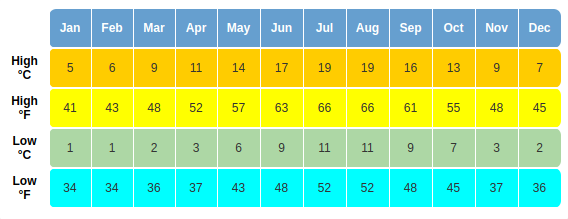
- The form of the precipitations are fog or fine rain (smirr), which can give the sensation that the soil is always wet.
- The months of May-June and September are the driest and with the clearest skies, however, it is not an impediment for us to find ourselves with occasional rains at any time of the day, so let’s not forget the umbrella or rain jacket.
- The temperatures that we can find in Edinburgh are relatively mild taking into account the latitude at which we find ourselves, more so if we compare it with Moscow or Copenhagen, whose means for the winter months are negative.
Weather in the Highlands and Skye
If in your visit, you decide to take a tour of the spectacular landscapes of the wild Highlands, here is some information. Obviously we are not going to talk about its full extent, due to its climatological complexity, we will generalise using one of the most visited areas such as Loch Ness, right in the heart of the Highlands.
Average minimum and maximum temperatures in degrees Celsius for Fort Augustus
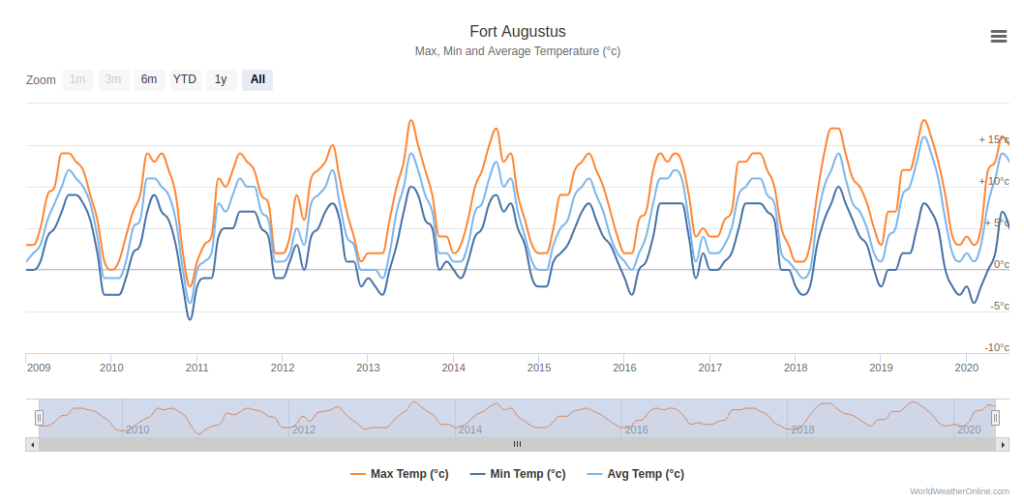
- Rainfall is somewhat higher than the one in the capital, Edinburgh. We can find differences of up to double the amount of water falling between its eastern and western parts. Although it is also true that the snow that falls in the winter months and at the highest levels in spring and late autumn contributes to a large extent to this average. If what we want is to take a photo of the spectacular Scottish landscapes, snow is not an impediment but a complement to bring a unique beauty to the landscape between October and March.
- The temperatures do not have great differences with what is seen in Edinburgh, it hardly drops a grade or a grade and a half on average. For this variable we must also take into account where we are going, with factors such as height that play an important role, and that is, the Highlands are the region with the highest mountains in the whole of the United Kingdom.
* An important fact to consider is the thermal sensation. Wind and humidity in the air contribute significantly to creating lower sensations than they really are.
The sunny hours in Edinburgh
The geographical location of Scotland, in the extreme north of the United Kingdom, produces that there is a contrast between winter and summer in terms of daylight hours. Even within Scotland there is a great difference between the south and the northernmost part such as the Shetland Islands.
Table of daytime and nighttime hours in Edinburgh throughout the year
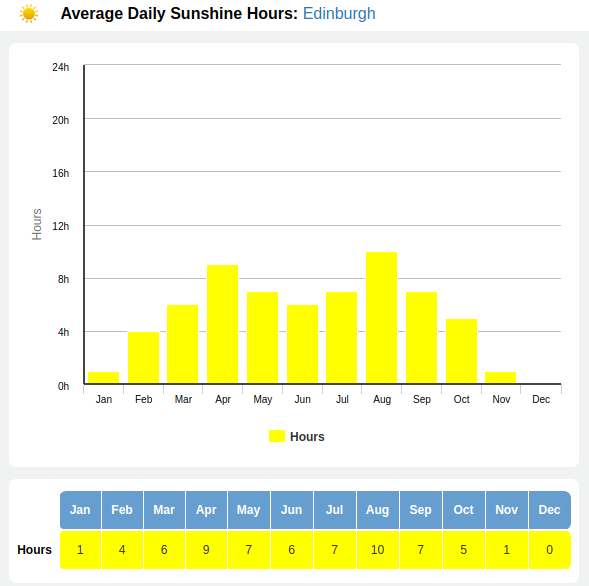
- During the summer, the months surrounding June are those with the greatest number of daytime hours, an average of 18 hours a day. Even on the days around the summer solstice there is never complete darkness, that is, the light of the sky never shows a dark and closed night. Dawn around 4:20 am and setting sun around 22:10 pm. All these sunny hours make the Edinburgh festivals very special.
- In winter, sunny hours are reduced to a minimum of 7 hours for each day on the winter solstice. Dawn at 8:30 a.m. and setting sun at around 3:30 p.m. Winter in Scotland becomes a perfect place for the Celtic festivities of Samhain (Halloween) and Hogmanay (Christmas), as well as ideal for observing the northern lights, which are seen several times each year in the capital.
Climate in Scotland is not an excuse, if you come prepared the Caledonian country can become one of the most unforgettable visits.
Recommended clothing and tips
To make things easier, here is an easy guide to packing, without leaving enough room for shopping.
The essentials to visit Scotland in summer
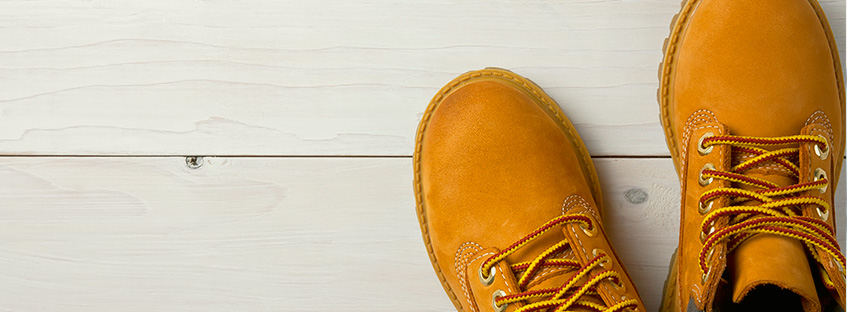
- They are raincoats or any type of clothing.
- Jacket always at hand.
- Comfortable shoes, Edinburgh is a city to known walking.
The essentials to visit Scotland in winter
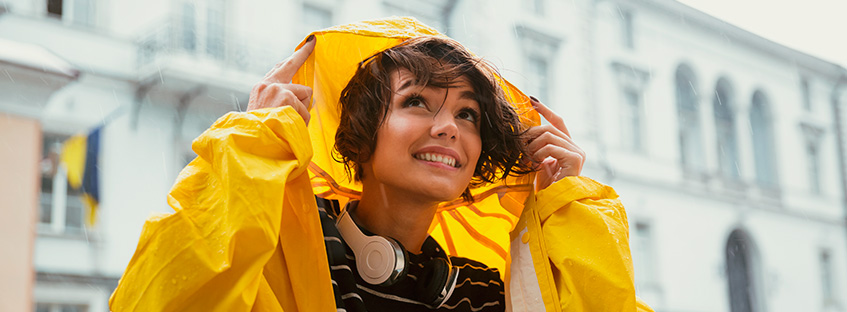
All of the above, to which must be added:
- Thermal clothing.
- Comfortable waterproof boots.
- A good coat, although better if it is a jacket (raincoat and windbreaker) so that we are not caught unawares by the wind and rain.
- Gloves and hat.
* The umbrella in Scotland allows to the locals know who is a tourist and who is not. The Scots have given up on carrying it. The wind always ends up breaking them, especially in Edinburgh which is characterised by its numerous windy days as well as by its dense marine fog (Haar) as the city is located so close to the North Sea. So wherever a good raincoat is, take off your umbrella.
Weather in Edinburgh is one of the great mysteries. A highly variable climate that becomes the most important factor to consider when travelling Scotland. The Scots themselves affirm that in the same day one can find “the four seasons of the year” and that if you don’t like the weather, “Wait 10 minutes”.
This changing character means that there is no minute equal to the next. The skies often give away beautiful sunsets and, above all, rainbows that cannot be found in almost any other place in the world, let photographers and landscapers have a new canvas every morning and every afternoon. And best of all, you don’t have to leave the capital, just visiting the Calton Hill and Arthur Seat hills.
But, whatever the time of year when you visit this wonderful country or its capital, it is always advisable to bring “layers” so that you can be comfortable in any situation that we may find, although it is always better if it is with a Local guide that tells you all the tricks, find your trip with LochNessBus.com. And if you want to know how the day looks likes, check the BBC.
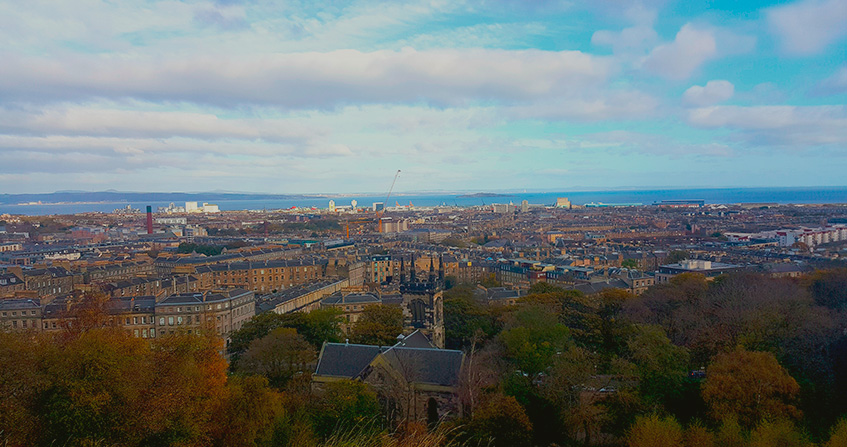

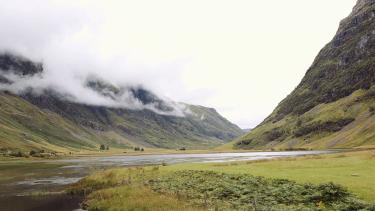
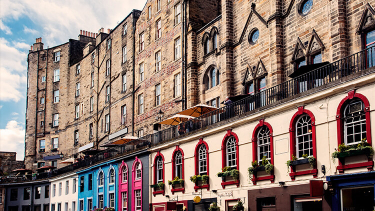
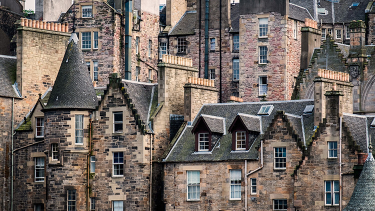


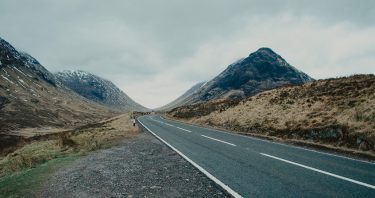
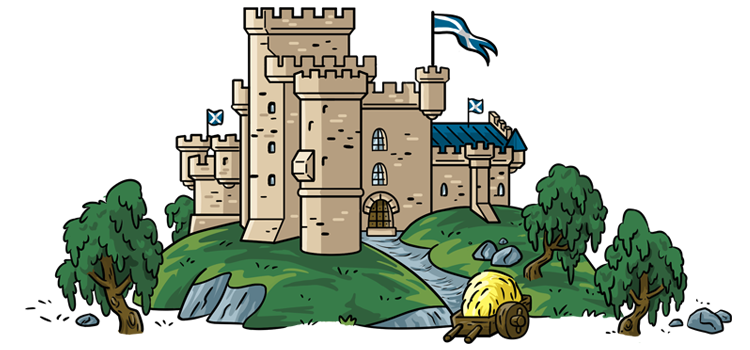









Previous comments...